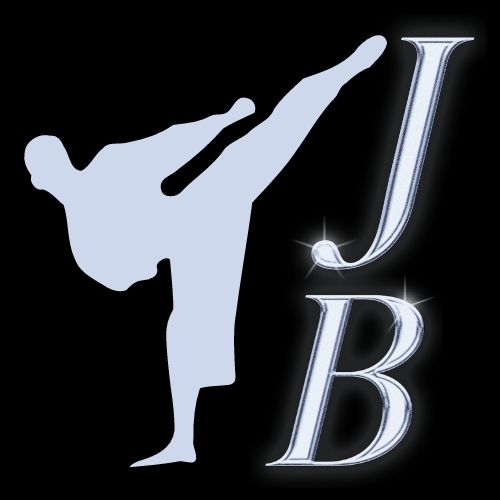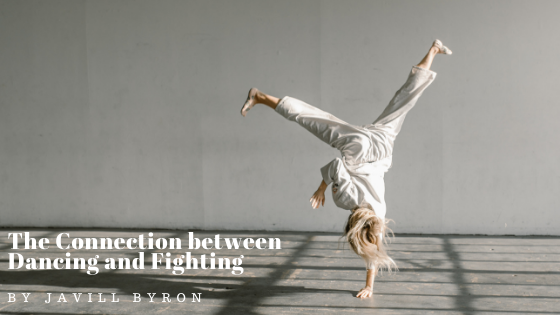In the last 150 years, the world has developed dramatically. Yet anatomy and physiology took millions of years to develop and have remained mostly unchanged over the previous 150,000 years. Specific implications come with this fact.
Your body is a relic of a bygone era; humans have evolved in reaction to a world which no longer remains. Even though we exist in a world where computing power doubles approximately every two years, cognitive data processing has remained relatively unchanged for the past 150,000 years. Our anatomy is plainly out of date. In computer terminology, scientists have estimated that the normal human brain processes data at a rate of roughly 4 hertz. On the other hand, contemporary computers have Processors that operate at levels well above three gigahertz. To be clear, that means computers are around 750,000,000 orders of magnitude faster than humans.
How Dancing Comes Into Play
Dancing is something we all like since it is a physiological process that has been practiced since the dawn of human civilization. This suggests that dancing quickly activates our reptilian brain. One of the oldest organized uses of dances, after all, could have been in the presentation and narration of stories and happenings.
Dancing was occasionally utilized to express affections for the opposing gender. If people had killed a giant mammoth as cavemen, they would rejoice by dancing, roaring, and racing around. People would dance all around the fire while eating their freshly slain meal with friends and relatives, rejoicing in their survival for at least a week. Afterward, people reenacted the hunt before their offspring, educating them on how to kill. Dancing comes naturally to human beings in the same way that warfare does.
Dancing and Martial Arts
Over the centuries, many people have noticed the similarities between dancing and martial arts. Many people have sought to advance one skill or the other by implementing both.
Both activities trigger the lizard brain within our bodies, which utilizes muscles, memory, experience, and so much more. Some even consider martial arts to be a form of dancing and vice versa.
Interestingly, there have been periods of time when martial arts were disguised as a form of dance. This was done either to protect the combatants or to hide the truth of their training.

